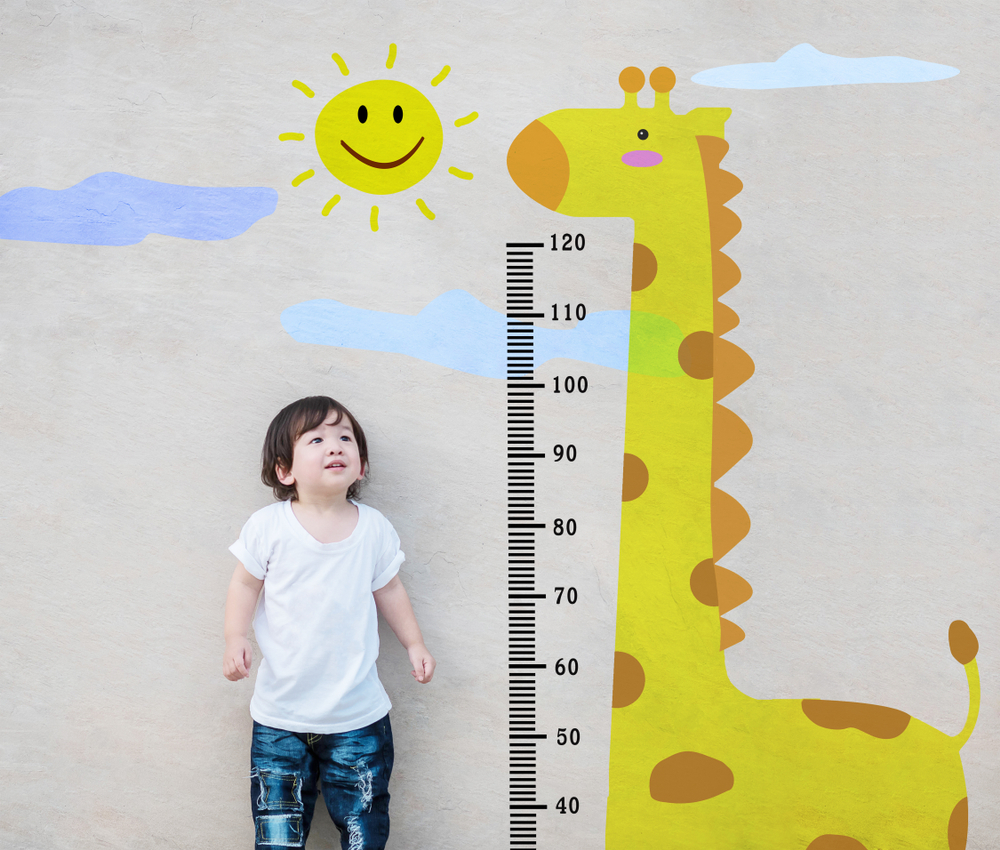Normal Graphs Worksheets for Ages 3-8
4 filtered results
-
From - To
Discover our engaging Normal Graphs Worksheets designed specifically for children aged 3-8! These interactive activities introduce young learners to essential graphing concepts through vibrant visuals and fun exercises. By exploring various types of graphs, including bar, line, and pictographs, children develop critical thinking and analytical skills in an enjoyable way. Each worksheet reinforces math skills while promoting early literacy and number recognition. Perfect for classroom use or at-home learning, our printable resources cater to different learning styles, ensuring every child can grasp the basics of graphing. Enhance your child’s educational journey with our captivating and educational Normal Graphs Worksheets today!
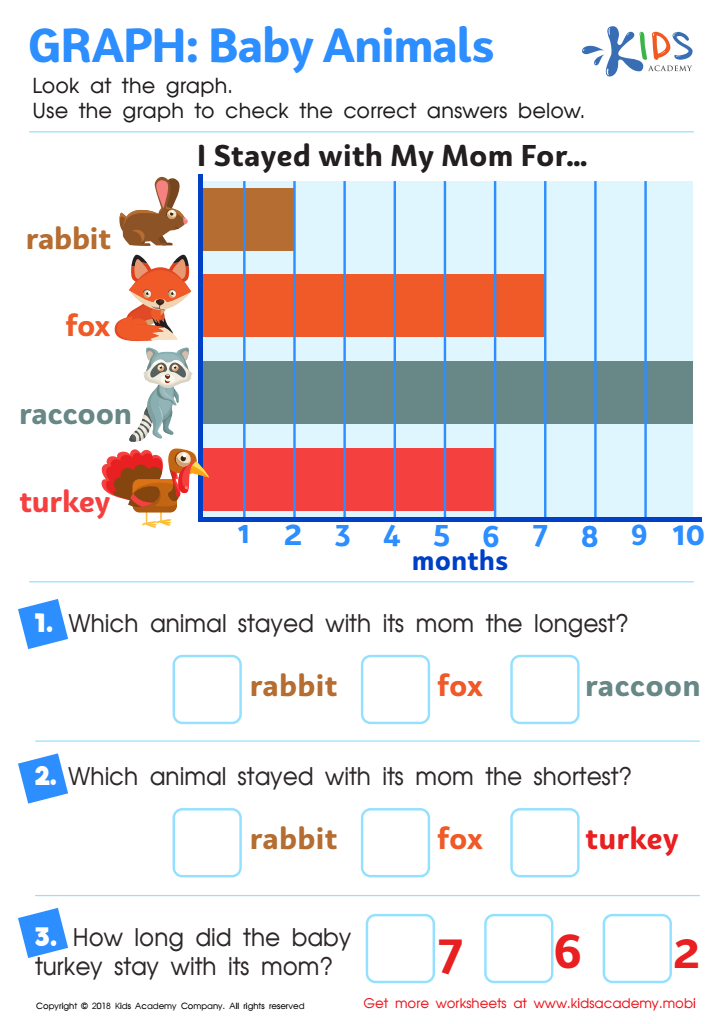

Graph: Baby Animals Worksheet
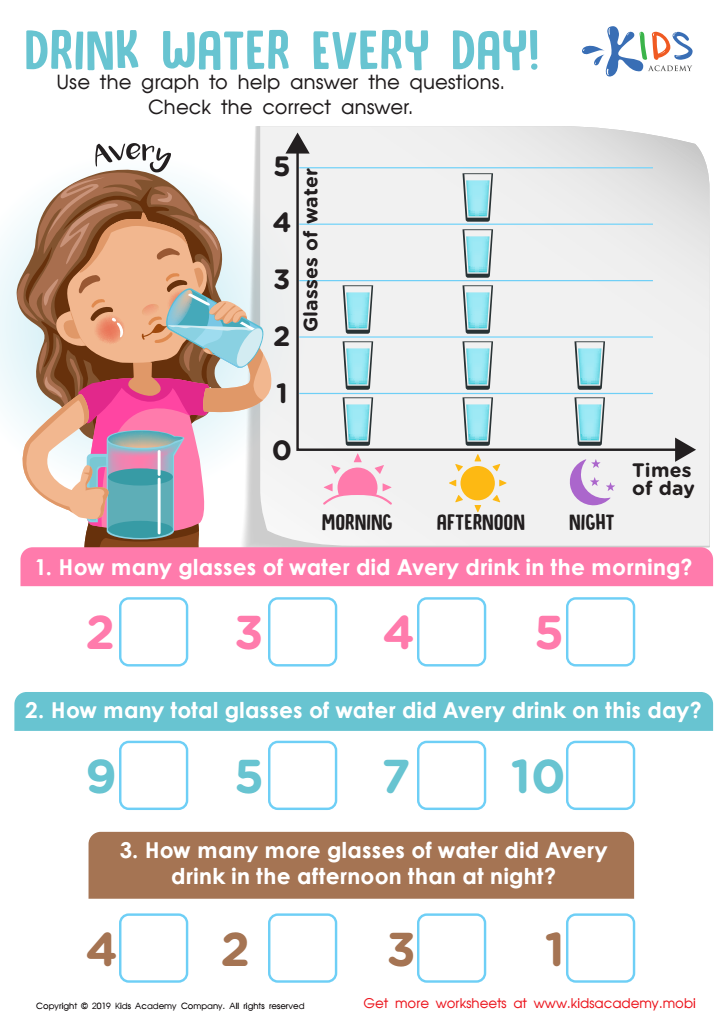

Drink Water Every Day! Worksheet
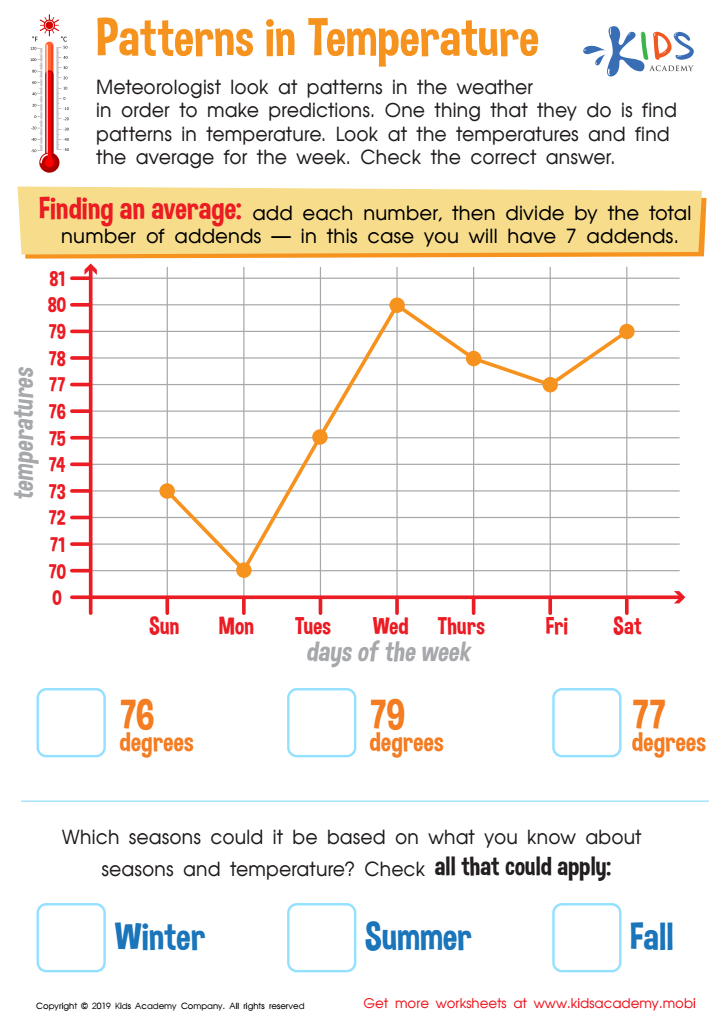

Patterns in Temperature Worksheet
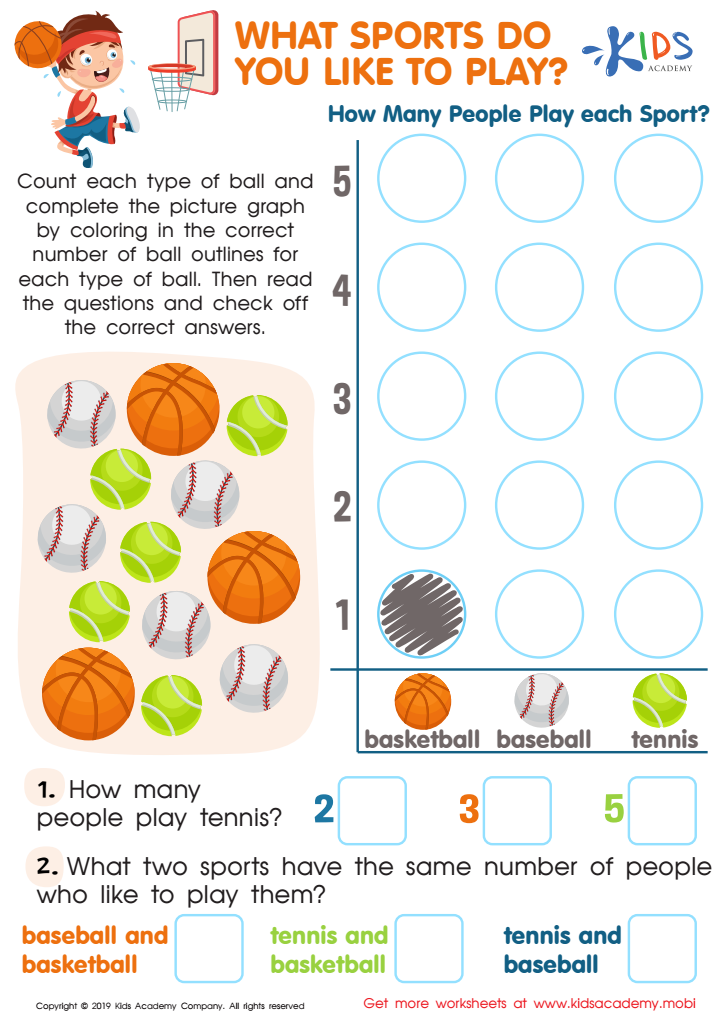

What Sports Do You Like to Play Worksheet
Normal graphs are vital learning tools for children aged 3-8 as they visually represent essential concepts in early education. At this stage, children's understanding of numbers, patterns, and relationships is developing rapidly, and normal graphs provide a foundational understanding of data representation.
For parents and teachers, these graphs simplify complex information, making it accessible and engaging. Utilizing normal graphs helps children grasp basic statistical ideas such as sorting, comparing, and analyzing data. This is crucial for developing critical thinking and problem-solving skills, which are fundamental in early learning.
Moreover, normal graphs foster communication skills, as children learn to describe what they see, interpret information, and articulate their findings. By incorporating graphing activities into play and classroom discussions, adults can cultivate a curiosity for numbers and patterns, making math enjoyable and relatable.
As children develop literacy in data representation through normal graphs, they strengthen their academic foundation for future learning. Therefore, showering attention on these graphical tools can significantly benefit children's educational journeys and instill a lasting appreciation for mathematics and analytical thinking. Encouraging exploration with normal graphs at this young age thus lays the groundwork for lifelong learning skills.
 Assign to My Students
Assign to My Students




